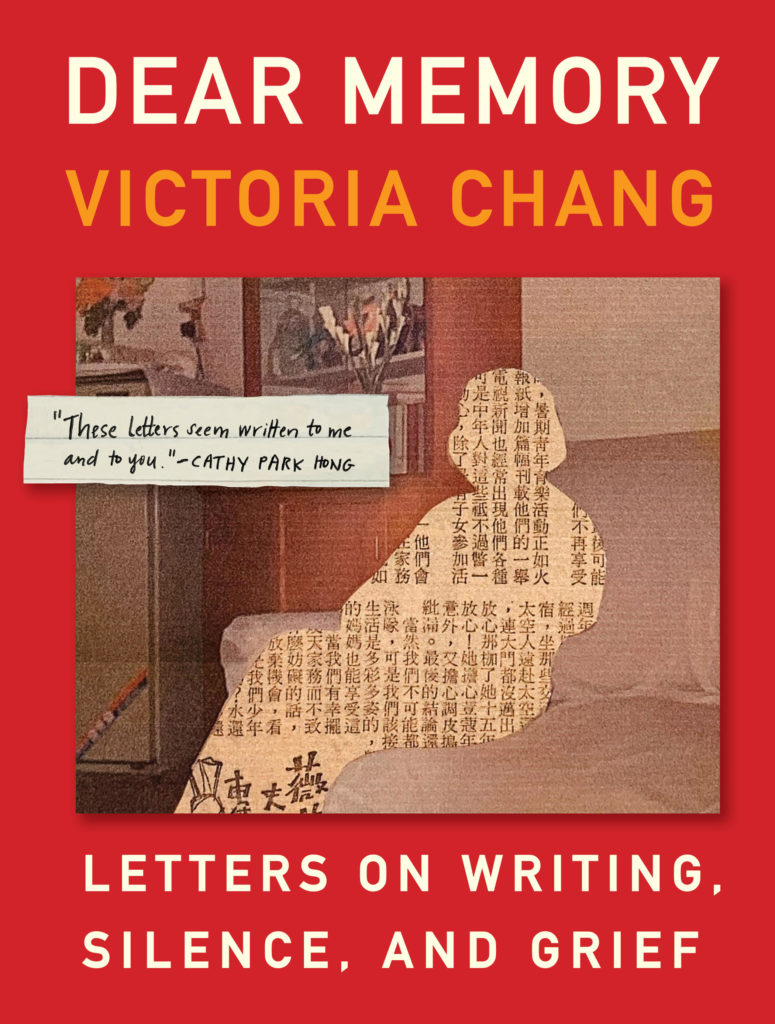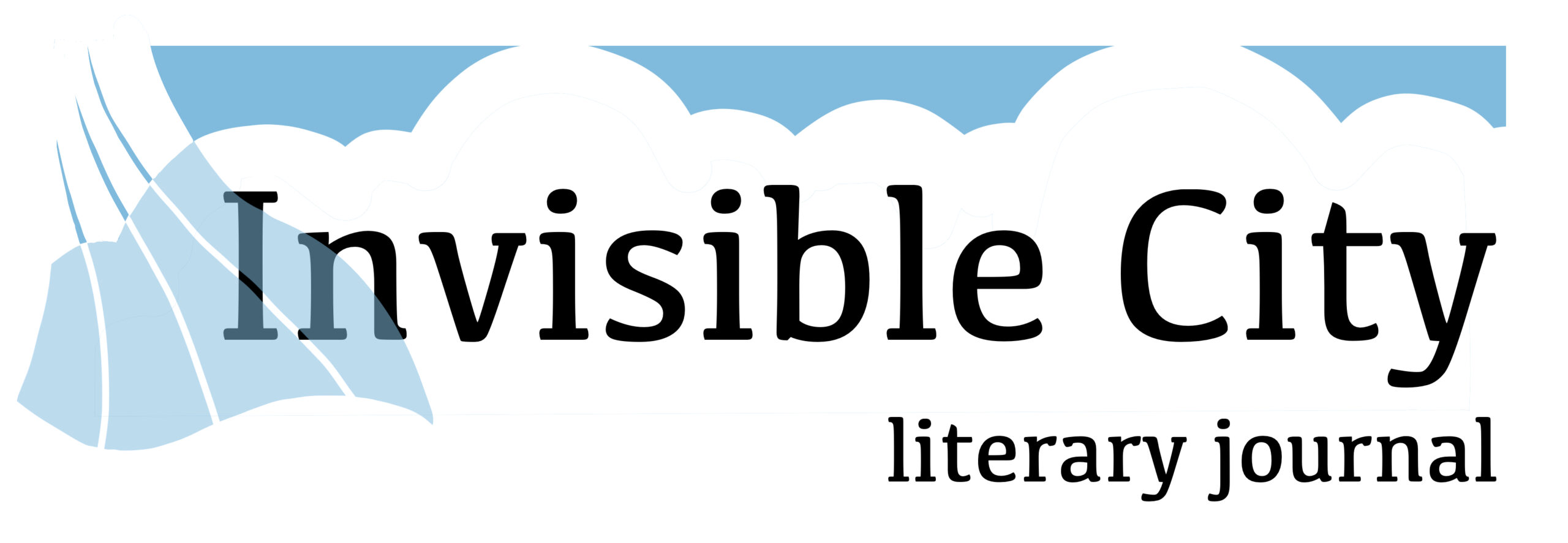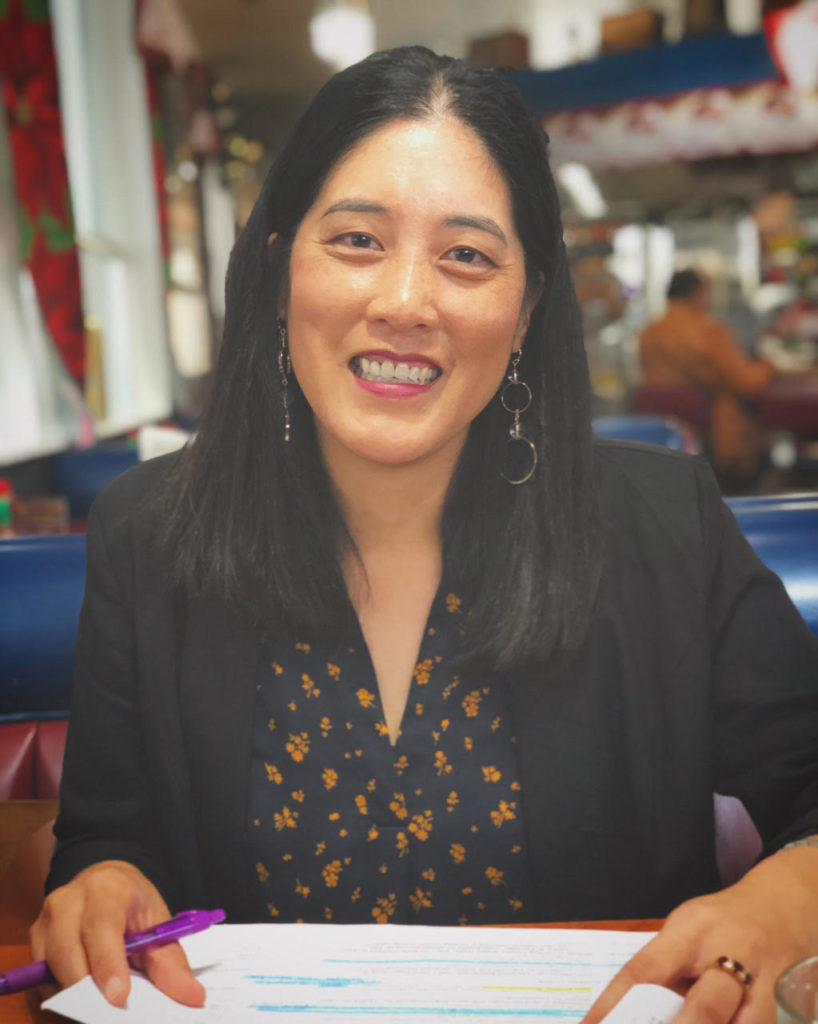Q: In some of Dear Memory’s sections, there are quotations by other writers that your writing responds to. What’s your process for collecting these ideas or quotes?
A: Honestly, I am disorganized. Sometimes I’d just open random books around me and see something and it might spur something in my mind or I would slot it into the text I was working on. I’d like to say that I take notes in a notebook and it’s organized, but there’s actually a randomness about the quotes (and my life!).
Q: How did you decide that the multimedia components in Dear Memory needed to be included?
A: Initially, the book wasn’t a book but just one letter to my mother in an epistolary form (so not a real letter, per se), and that grew into more letters. At some point, the manuscript seemed flat and then I found the interview I did with my mother (unfortunately, after I had finished writing the letters), and I had been piling a stack of photos on my desk and thought that maybe I would just put some in there? It was a bit of a mess in how it all came together which is why the threads amongst all of these elements are quite frail and tenuous, not unlike memory or history.
Q: You address the epistolary form in Dear Memory by explaining that you wanted to “write into myself, into a younger self, away from myself. Toward my dead mother. Toward my history. Toward Father’s silence. Toward silence. Toward death.” Were there some addressed audiences that surprised you by being easier to write to than others? More difficult?
A: They were all difficult in different ways. If I think back to what I’ve written, it can all feel overwhelming, but in the process, I just put one word in front of the next and one day, I have a whole manuscript of words. But to answer your question more specifically, I think that the letters to antagonists were the hardest–former childhood bullies, people who had said or done racist things, etc. Why? Because just as I don’t want to be characterized in anyone’s writing, I’m sure these people wouldn’t either. And just as I wouldn’t want to be presented as a villain or one-dimensional, neither would these people. So the age-old question was, how do I tell my story that includes these people but in a way that somehow preserves everyone’s anonymity and dignity (including my own)?
Q: In one of the “Dear Teacher” letters, you explain that “writing felt like an act of identity-making.” Do you feel that this book has re-made your identity in unexpected ways?

A: Absolutely. I didn’t write this book for anyone but myself, looking back on it. And I think that’s true with OBIT, Barbie Chang, The Boss, etc. I’m trying to figure out things as I write and often I don’t know what it is I’m trying to figure out (and never quite figure it out in the end anyway). My writing ends up being a process revealed, I think, because I am truly identity-making as I go. It’s often not pretty, usually strange, messy, and hard, but I’m learning not to apologize for who I am or what my process is. It just is.
Q: You’ve spoken before of finding “vessels” for your writing. Both Obit and Dear Memory offer two different examples of careful attention and dedication to form. How do you determine which form is best for your writing?
A: I’m not sure—I think the form reveals itself during the messy process I described above. Sometimes it can be a “prompt” so to speak. In OBIT, for example, it developed as I went. In my new book of poems, The Trees Witness Everything, the formal constraints were the ignition, the starter fluid, the flint? in getting me to write again after a period of not writing. I have no issue with starting with an idea or not starting with any idea. I think sometimes people get stuck on saying what’s “good” or not such as “project books” or not project books and I often wonder why people care so much about how creativity happens? Whatever gets you going is good enough for me. Sometimes the process is organic, sometimes it’s a little more prompted. Regardless, whatever comes after is a mystery to us all…

